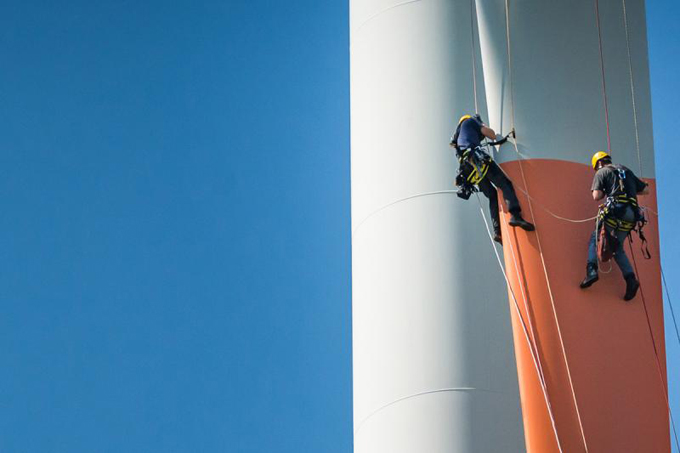
On 25 June the European Commission published the new framework for State Aid measures to support the Clean Industrial Deal (CISAF). The new framework allows Member States to funnel money into strategic electrification, decarbonisation and clean tech manufacturing projects. In line with the Clean Industrial Deal objectives, CISAF will help ensure Europe's industry gets access to competitive and home-grown electricity.
In February European Commission President Ursula von der Leyen presented the Clean Industrial Deal, the EU’s strategy to make its economy more resilient and competitive. At its core: the accelerated build-out of domestic decarbonised energy, the ramp-up of direct electrification to decarbonise Europe’s industry and the scale-up of clean-tech manufacturing.
On 25 June the European Commission published the new framework for State Aid measures to support the Clean Industrial Deal (CISAF). Building on the Temporary Crisis and Transition Framework of 2023, CISAF will be a key enabler of the Clean Industrial Deal. It will be in place until the end of the decade, providing long-term investment visibility.
“It’s good that the EU’s new state aid rules help heavy industry invest in the electrification of their factories. To get industry running on electricity rather than fossil fuels will boost Europe’s competitiveness and energy security. It’s great that so much of industry want to electrify with renewables. And PPAs are an excellent way of making this happen. They guarantee the electricity is renewable. And they deliver new and efficient renewables, which is what Europe’s industry wants”, says WindEurope CEO Giles Dickson.
High electricity prices are a challenge to Europe’s international competitiveness. The new CISAF allows National Governments to offer temporary relief on electricity prices for electro-intensive industries. Getting this relief comes with conditions, including the development of renewables, storage, demand-side flexibility or investments in electrification. Good.
Direct electrification is the fastest and most efficient way to decarbonise Europe. This is especially true for industrial heat processes up to 500°C. These processes can run on proven technologies like electric boilers and thermal energy storage. The CISAF recognises this and prioritises the use of direct electrification to decarbonise these processes.
The new CISAF enables Governments to fund clean tech manufacturing projects. Good. CAPEX support for manufacturing can play a critical rule in supporting the expansion of the European wind supply chain. This is consistent with the EU Net-Zero Industry Act target of reaching at least 36 GW wind energy manufacturing capacity in the EU by 2030.
It’s also very good news that investments in Europe’s grid equipment supply chain will benefit from the CISAF fast-track approval procedures. The expansion of renewables hinges on accelerated grid buildout.
CISAF also foresees support for repowering projects. Repowering is a no-brainer. On average it reduces the number of turbines by 25%, while more than tripling the output of the wind farm and quadrupling the output per wind turbine. Repowering will be essential to meet our 2030 renewable targets. CISAF allows Governments to support costs linked to repowering projects, including dismantling costs.
WindEurope look forward to working with industry and National Governments to make the most of these new rules, accelerate industrial decarbonisation, and boost clean tech manufacturing.
KeyFacts Energy Industry Directory: WindEurope
 KEYFACT Energy
KEYFACT Energy